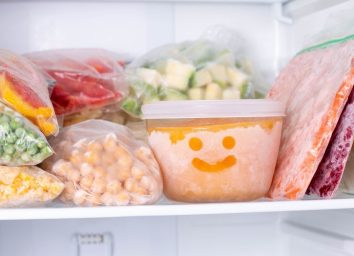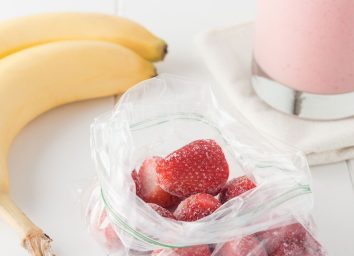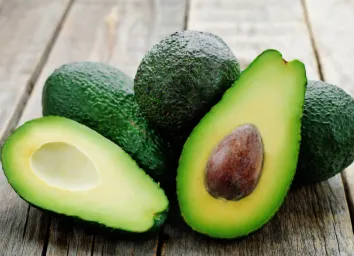10 Signs It's Time to Toss Your Frozen Food
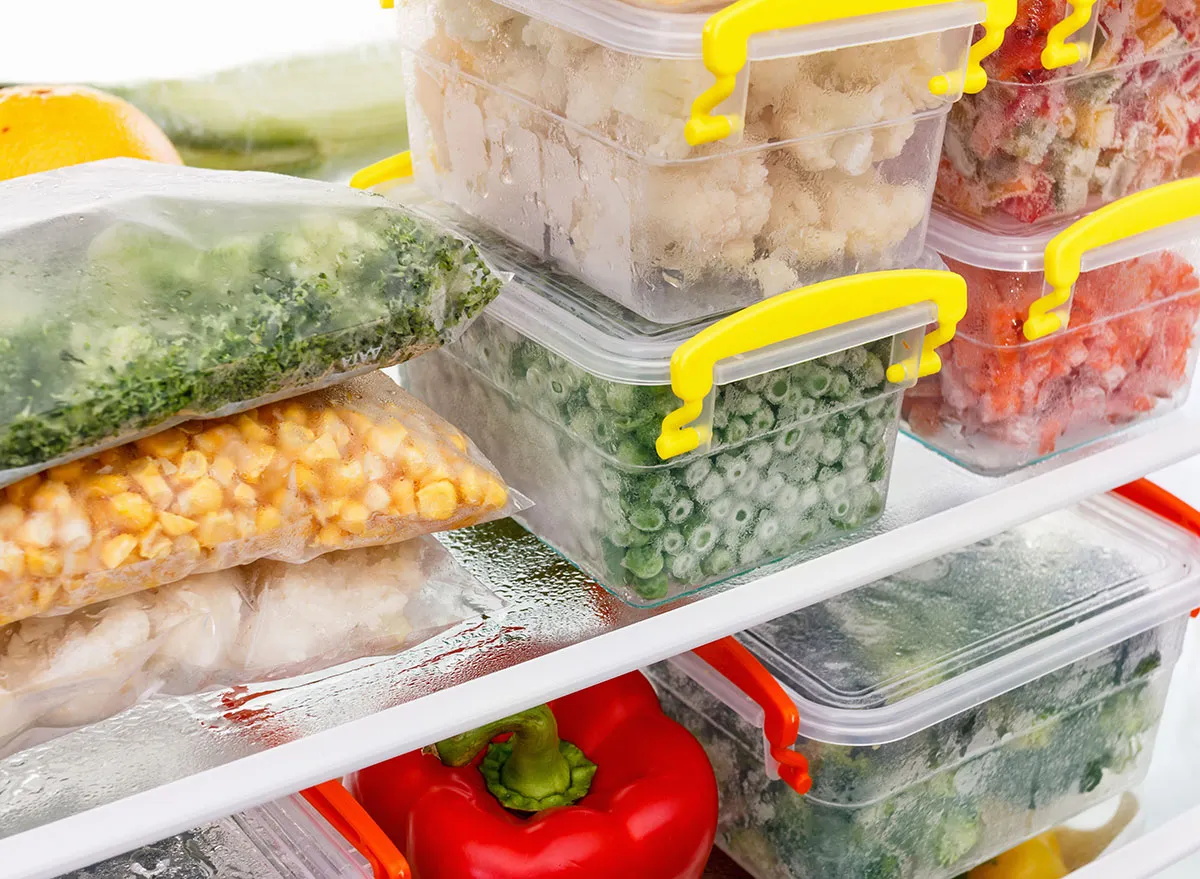
Has this ever happened to you before: Your freezer is so packed with frozen food, that a game of Jenga is practically required to fit that final pint of ice cream? Hey, no shame if it has. High-five for actually utilizing your freezer to its full capacity, as your freezer is pretty amazing.
"It's an important kitchen tool that can not only make food last longer, but make your life easier," says Jamie Palafox, senior chef evaluator at Auguste Escoffier School of Culinary Arts in Los Angeles, California. "Understanding your freezer can help you save time in meal prep, reduce food waste, and give you better-tasting food if you use it wisely!"
So that brings us to the big question: Are you sure all of the food you're preserving in the freezer is actually still good?
We asked Palafox and Lan Lam, senior editor at Cook's Illustrated in Boston, Massachusetts, for the cold, hard truth.
Below are the 10 signs you need to look out for when you're deciding if it's time to toss out frozen food that's been chilling in the freezer.
It's been exposed to too much or too little air.
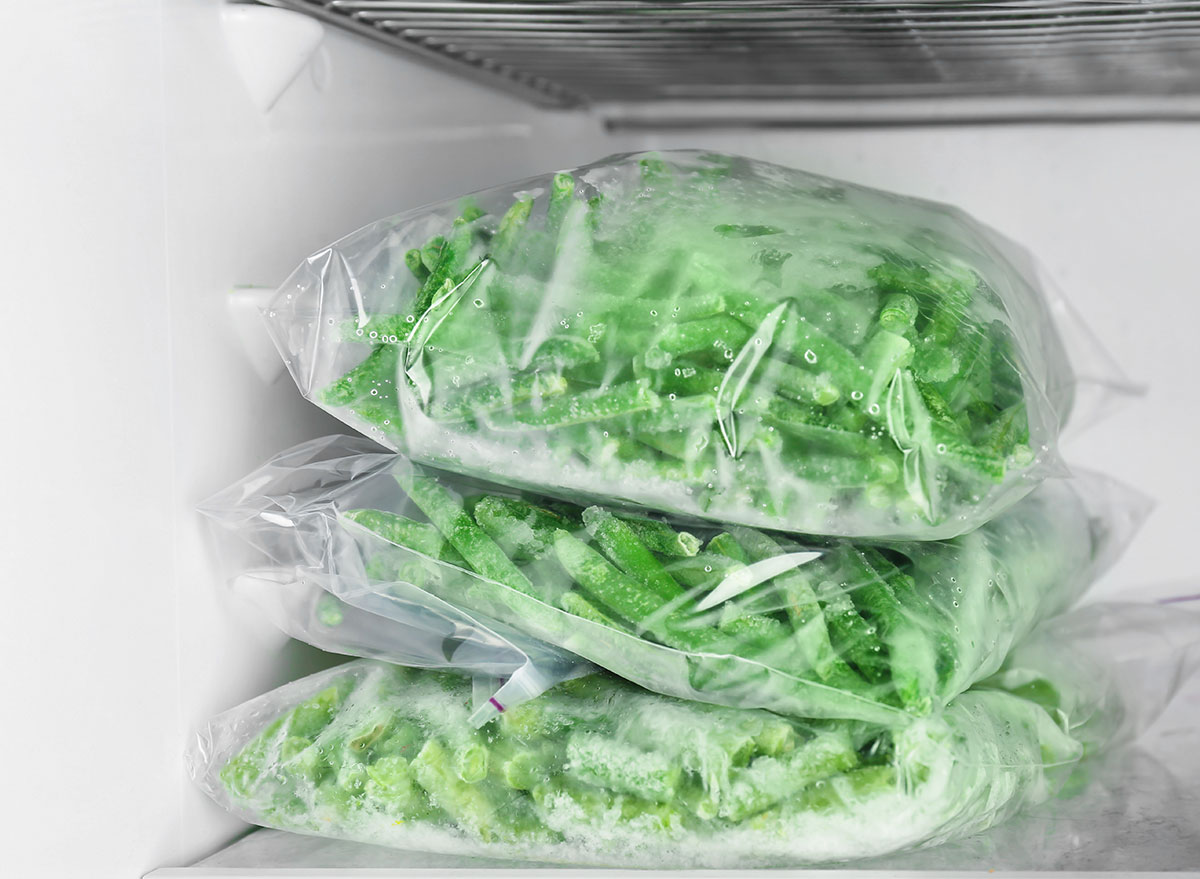
Sometimes, a little breathing room is a bad thing. Other times, it's mandatory.
"Freezers do a great job of preserving food, and it's tempting to just put food in there when you don't want to use it immediately, but it's well worth it to take a moment to check out how it's packaged before you freeze," Lam says.
Here's her how-to.
- Solids: Wrap tightly and press out as much air as possible to prevent freezer burn.
- Wrapped foods (such as bread or cheese): Beyond the wrapper, store in a zip-top bag or airtight plastic container to prevent odor transfer.
- Liquids: Allow for space so the liquid can expand.
It's a UFO (unidentifiable food object).
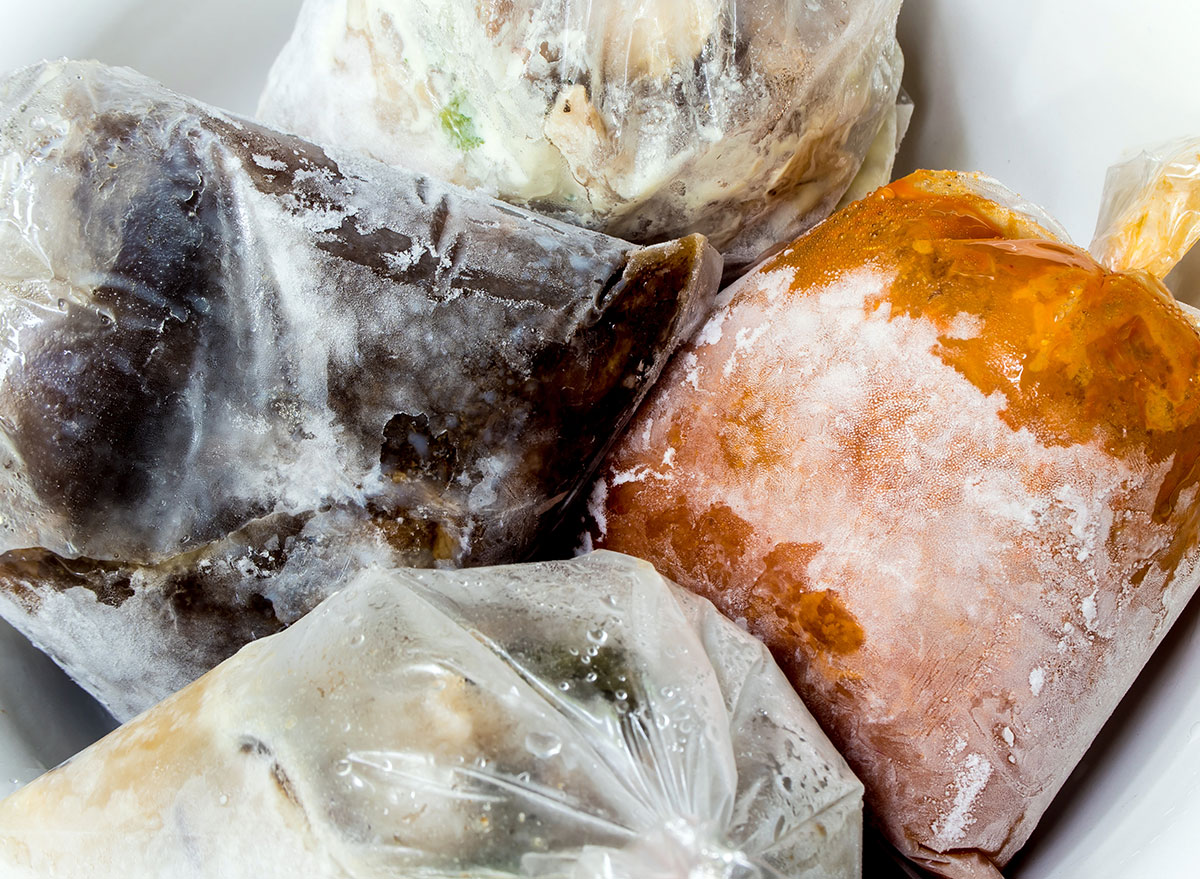
In other words, no label? No lunch—at least not using this product.
"Label and date everything you freeze so you're sure what it is and how old it is," Lam says.
A permanent marker on a piece of tape will do the trick wonderfully. That way, you can peel it off and reuse the container after washing.
The color has changed.
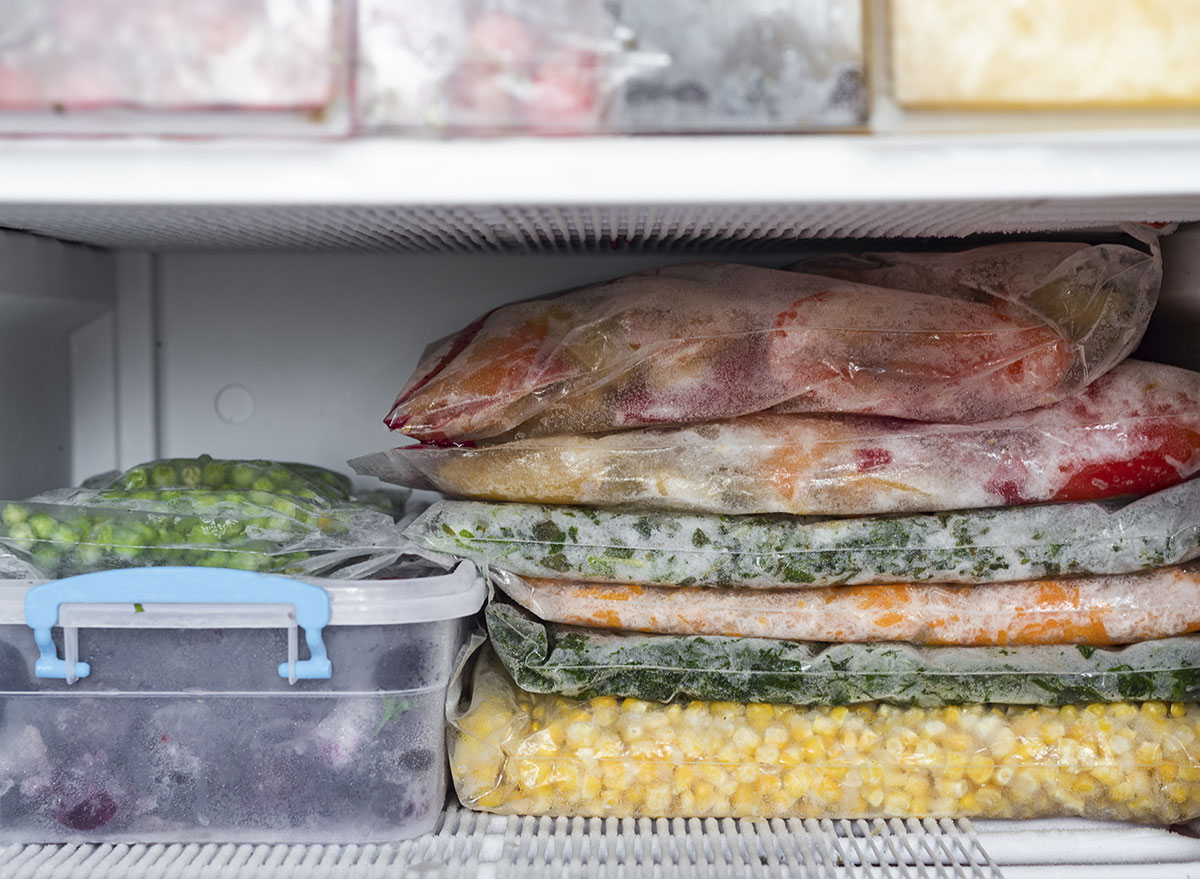
If your skin looks pale or red, it's a sign something might be off. Same for if your food shifts shades.
"Protein changing colors [say, salmon turning gray-ish], veggies losing their vibrancy or becoming dull or wilted, or off-odors are all good signs that something is amiss," Palafox says.
It has wicked freezer burn.
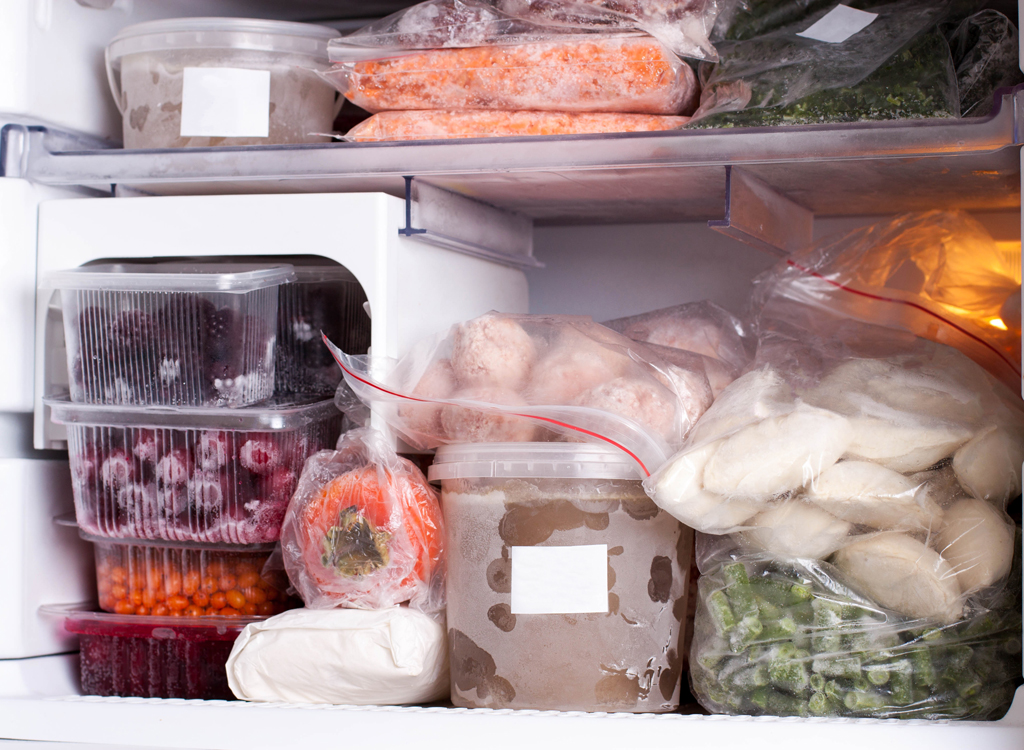
Properly-frozen food is safe to eat for several months, but that doesn't necessarily mean it'll be delicious for that long.
"How long you can store food depends on: How quickly it was frozen? Faster is better. How fresh it was at the time of freezing? Fresher is better. How much did its temperature fluctuate while it was frozen? Less change is better," Lam says.
Food that has a wicked case of freezer burn is covered in ice crystals, and because the freezer's environment is dry, it can dry out the food, too.
"That layer of ice crystals is made of water that previously [used] to be in the food," Lam says. "These ice crystals can severely damage cell walls within your frozen item. To minimize damage, keep those ice crystals small by freezing your food as quickly as possible."
To encourage fast freezing, start with cold food and spread food out into thin layers.
It's experienced a heat wave after freezing.
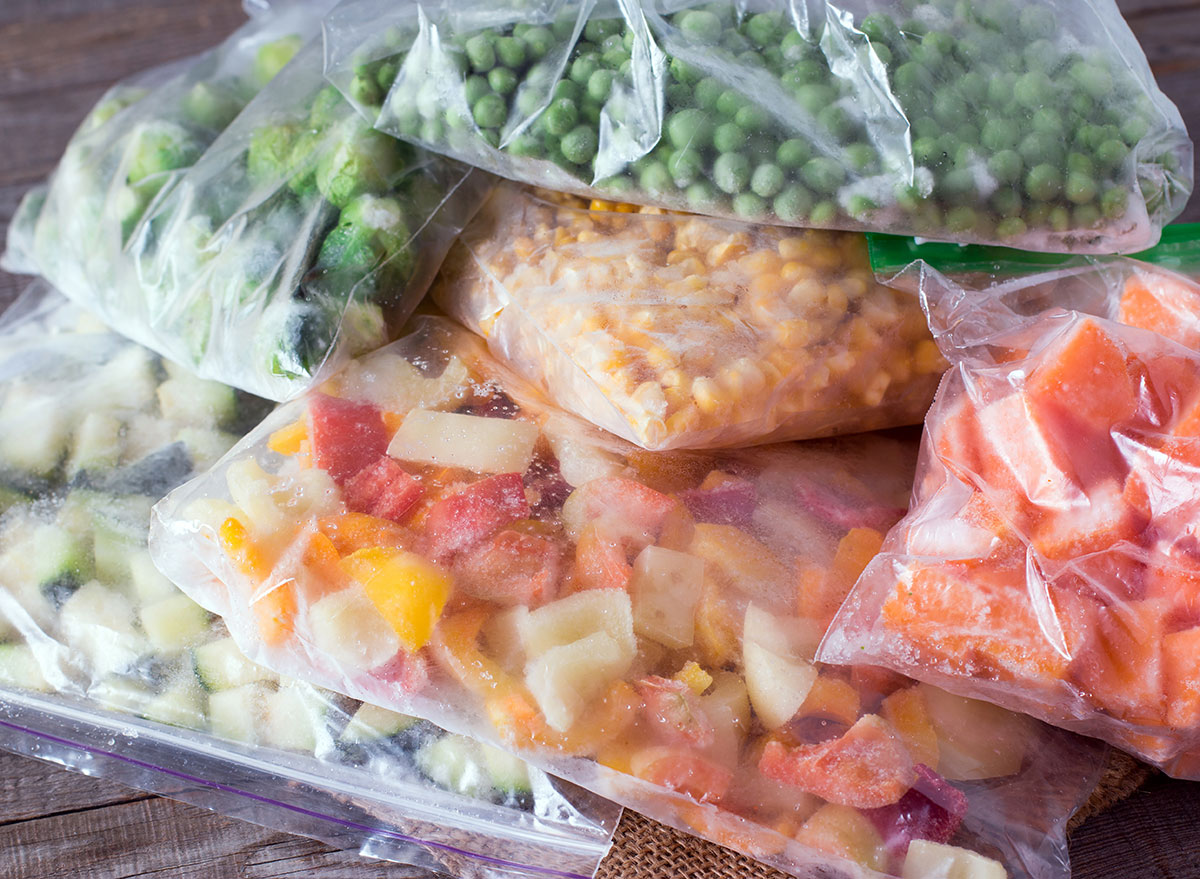
"Once an item is frozen, it should remain frozen until ready to thaw and cook," Palafox says.
For the safest, most scrumptious results, ensure your food stays at or below 0 degrees Fahrenheit. That means no moving items back and forth between the freezer and the fridge—once it's frozen, keep it where it'll stay frozen.
"Foods that partially thaw, then freeze, and then thaw, and then freeze are especially prone to freezer burn," Lam says.
It got lost in an overcrowded freezer.
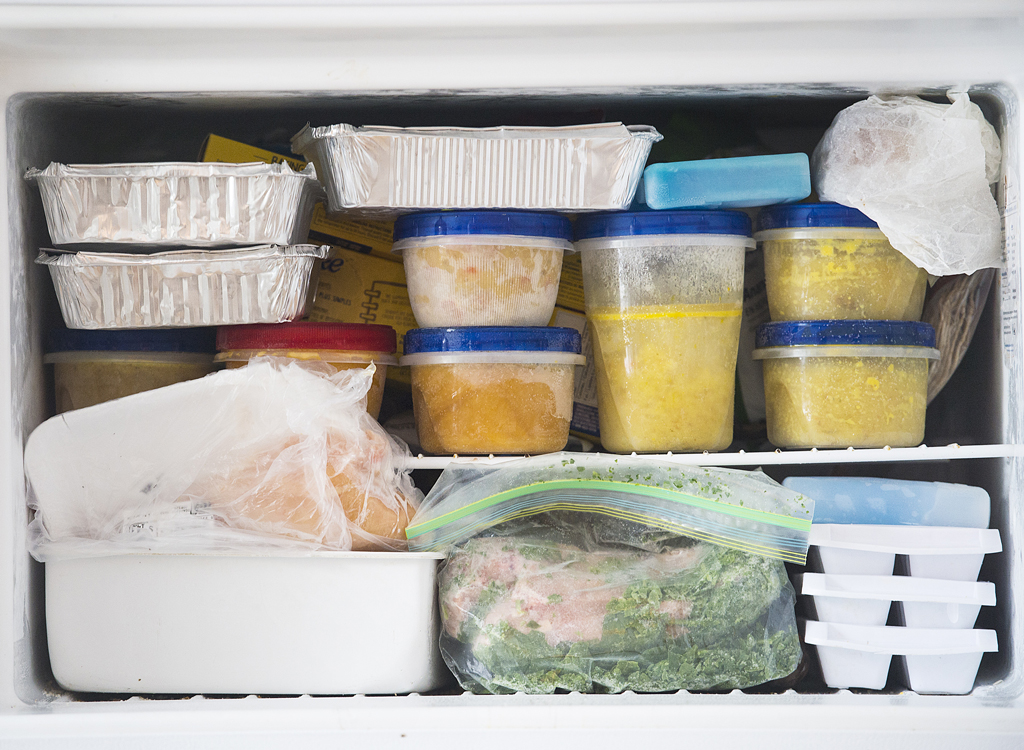
Back to that packed-to-the-final-pint strategy: It's probably time to take inventory. Having an overly packed freezer isn't ideal, as this weakens the appliance's ability to do what it does best: properly freeze your food.
"Some home cooks tend to overcrowd their freezer, which doesn't allow for proper air circulation. No air circulation means minimizing the cooling and freezing power of your freezer," Palafox says.
Think of this like Goldilocks, your freezer should be "just right" full. Too empty and the cooling mechanism isn't as efficient. Too full and vents can get blocked or the condenser could get overworked—and go on strike.
It smells "off" once thawed.
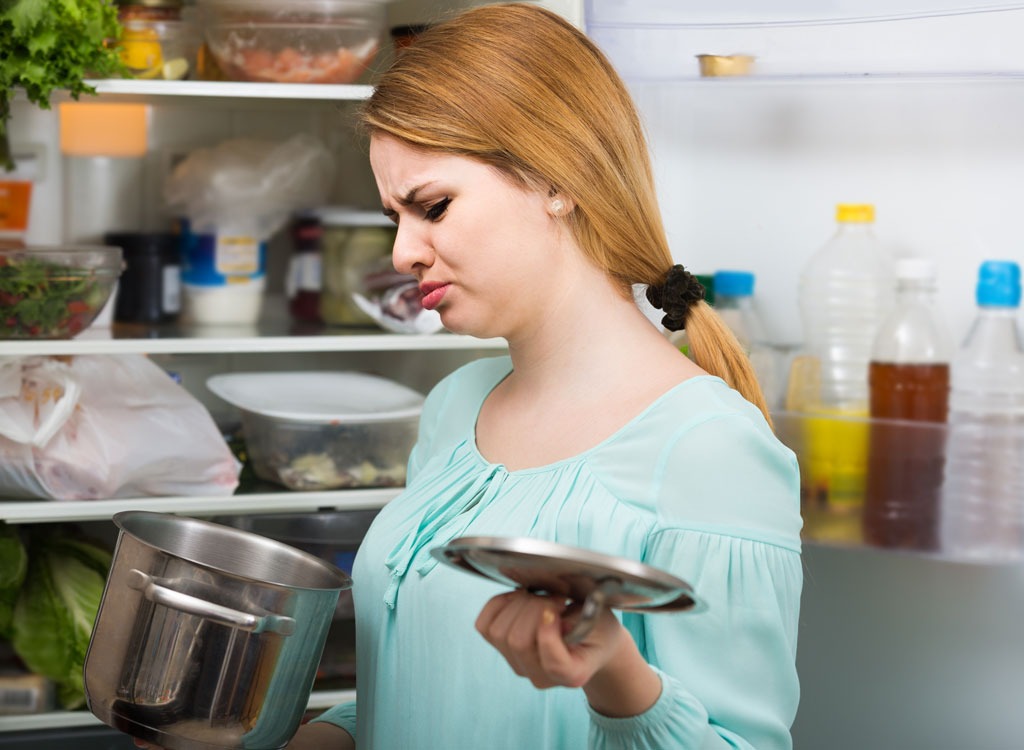
Follow your nose; your senses don't ever let you down for a reason. They're usually right!
"This is a case where you should use your senses. If the item smells wrong when thawed, then throw it out. It might not be harmful, but it definitely won't be tasty," Lam says.
The storage system has sprung a leak.
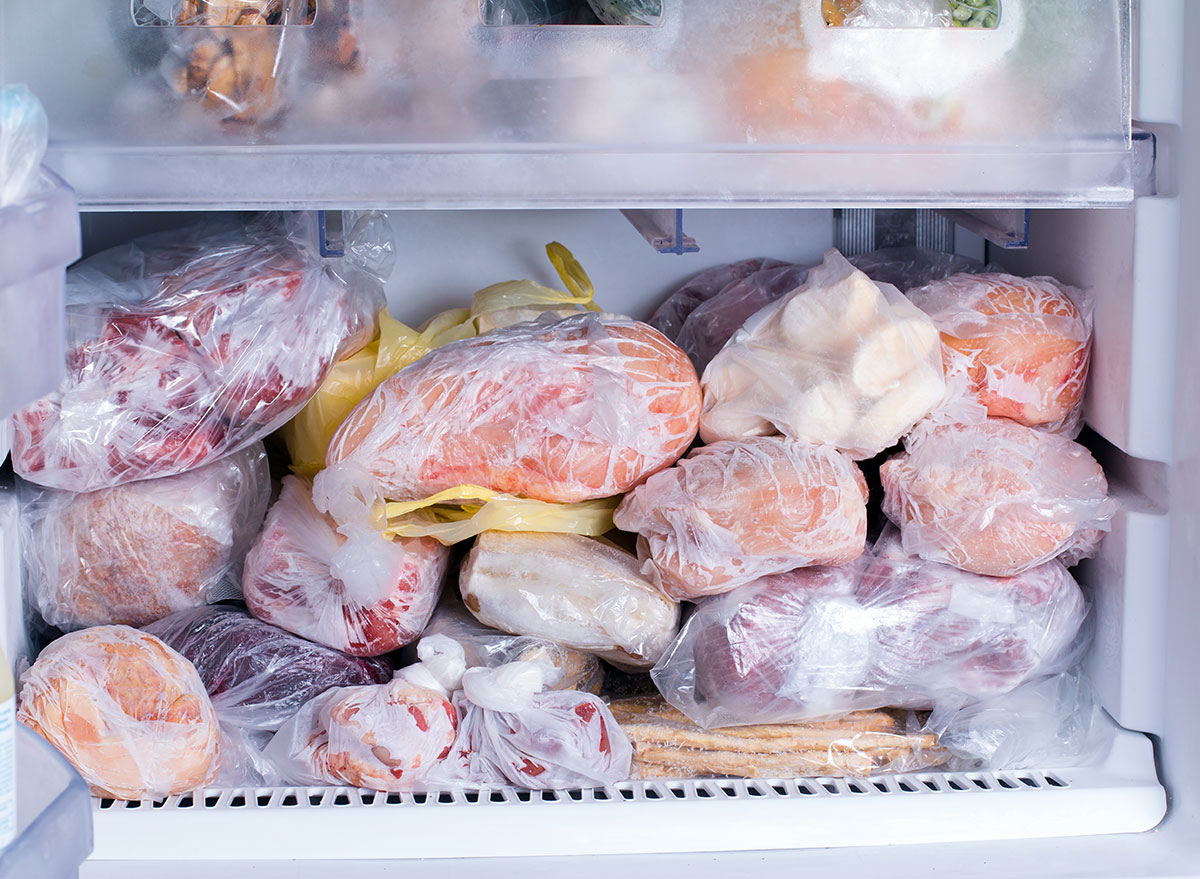
Perhaps a lid got dislodged by another container, or a baggie was punctured by a sharp corner. Whatever the cause, the solution is to trash (or, ideally, compost) it.
"Airtight storage is your best friend when it comes to freezing. It will ensure longer shelf life and a higher quality of a product," Palafox says.
It's sitting in a puddle of something else.
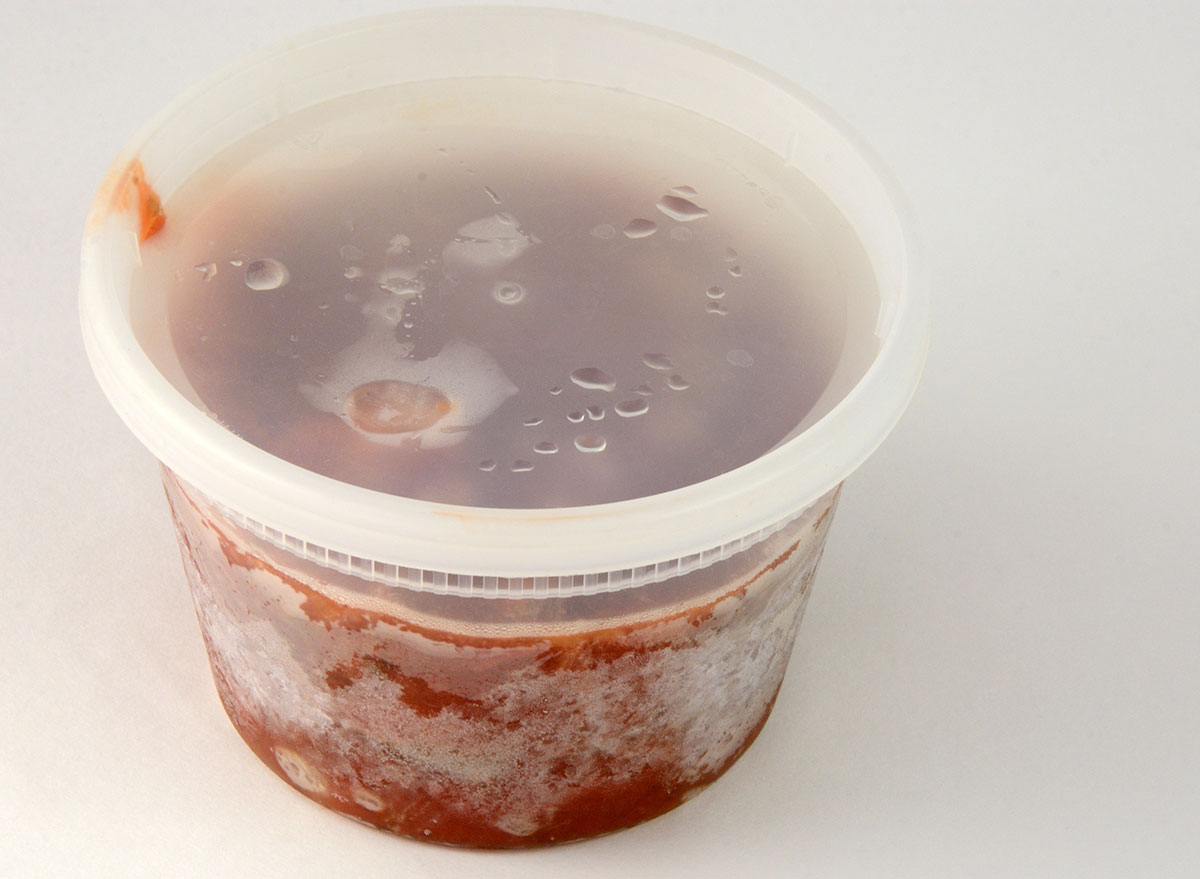
It's just as big of a problem if something nearby leaked onto something else. This cross-contamination can affect both the quality and the safety of your food. Follow grandma's sage advice: When in doubt, throw it out.
The food's simply past its prime.
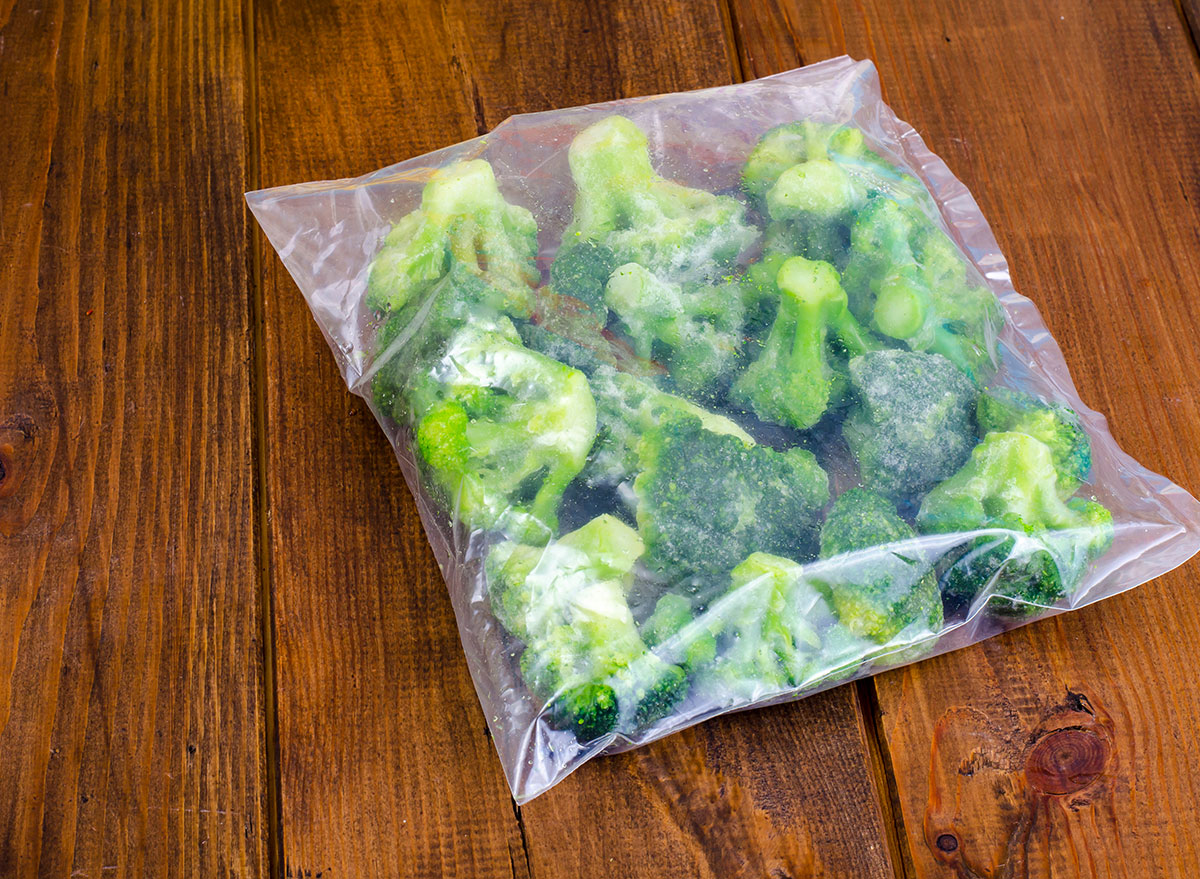
Even under perfect storage conditions, all frozen items have "best by" dates, Palafox explains.
"Food frozen in an ideal manner will always be safe to consume, but its quality, nutritional value, and flavor will decrease over time. Over time, the dry climate will zap food of its moisture," she says.
Follow these government food safety recommendations for "expirations."
- 1-2 months: Pizza, raw sausage and bacon
- 2-4 months: Prepared meats, doughs, vegetables, fruits, soups, and stews
- 6-12 months: Raw red meat and poultry
"Otherwise, keep an eye on color, texture, and overall physical appearance—as mentioned above—to see if they are still prime for eating," she says.
